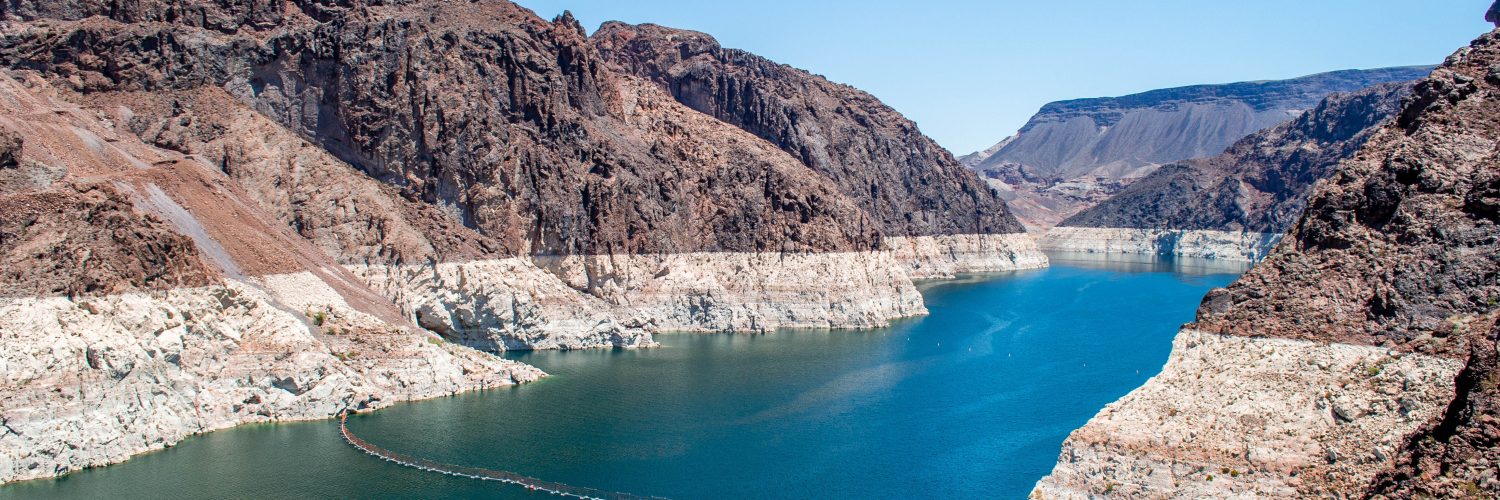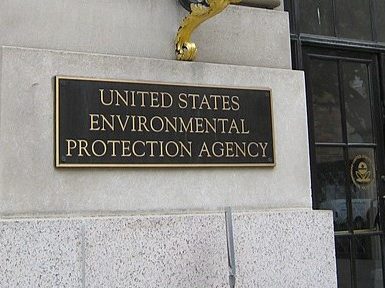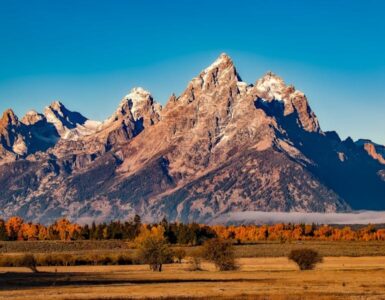Arizona has never faced a water shortage. That may change soon.
Water storage levels at Lake Mead and Lake Powell are dipping. Projections are there’s a 50 percent chance of an 11 percent reduction in the Colorado River allocation in 2020.
At risk are agricultural and homebuilding industries in the three counties that have lower priority when it comes to water deliveries from the Central Arizona Project: Maricopa, Pima and Pinal counties.
Federal commissioner Brenda Burman of the U.S. Bureau of Reclamation recently urged Arizona water officials to get moving on a multi-state drought contingency plan before it’s too late. The clock is ticking.
Outdated 2007 guidelines for water sharing need to be reworked to address possible shortages through 2026 when the guidelines are set for renegotiation.
Thomas Buschatzke, Director of the Arizona Department of Water Resources (ADWR) and Ted Cooke, General Manager of the Central Arizona Project (CAP), issued a joint statement June 28 to express their unity in completing drought contingency plans with California, Nevada, and tribes that all share water from the lower Colorado River.
“The risks of Lake Mead falling below critically low reservoir elevations have tripled in the past decade, increasing the risks of potentially draconian reductions to Arizona’s Colorado River supply,” they said. “The tools provided in those guidelines now are insufficient to address the current risks to the system.”
To reach consensus on an agreement the two are co-chairing a 38-member steering committee of water experts and interests from across the state to devise a plan to take to the Legislature in January and ask for approval to move forward. The first meeting is July 26. Among its goals: configure what to do with excess water, mitigate potential threats to farmers most affected, and allow tribes to store water in Lake Mead.
Several members said they are relieved the process is finally moving again.
“We’re really looking forward to getting this done,” said Wade Noble, a Yuma water rights attorney with a long record of community service including a member and past president of the National Water Resources Association and a member and past chair of the resolutions committee for the Colorado River Water Users Association. “We want to cooperate and bring people together to resolve issues that have kept us from having a drought contingency plan in the past.”
Members on the committee include municipal and other water officials, agricultural groups, home builder associations, lawmakers, the governor’s office, and officials from three tribes. The tribes play a key role as some have senior water rights but not a lot of infrastructure to store water. The tribes and other states have also started to plan for shortages and have started thinking about how to work with each other to absorb and mitigate shortages.
While most water users in the state would not feel much impact from a shortage, outdated and proposed guidelines place a heavy burden on users that heavily rely of CAP water.
Hardest hit under current and proposed contingency plans will be farming operations in Pinal County that rely on CAP water, said Paul Orme, a committee member and Phoenix attorney who specializes in water issues.
Pinal County relies on excess water that CAP delivers to three counties through canals and aquifers.
“About 80 percent of that water is allocated to irrigation districts in Pinal County,” said Orme, who represents water users. “If there is a shortage under the existing guidelines, about half of that water supply is cut off. If you lay on top of that the additional cuts that are being proposed, that would eliminate the agricultural pool altogether.”
Orme said his hope on the committee is to reach an agreement so additional cuts would be mitigated by allowing higher priority water supplies to be made available to Pinal County.
“There’s a variety of options,” he said. “We’ve been working on putting together a list of mitigation options that would leave us in the same place. We would only lose half of our state water. But it’s definite. We will lose half if we go into shortage.”
Facts about Arizona water:
Where does the state get its water? About 43 percent comes from groundwater. Another 39 percent comes from the Colorado River. Surface water and wastewater make up the rest.
What are the projected shortages for Arizona? Projections are there’s a 50 percent chance of an 11 percent reduction in the Colorado River allocation in 2020. A shortage occurs when Lake Mead lowers to 1,075 feet above sea level. On July 24, the lake’s water level was at 1,077 feet.
Who is most at risk for water shortages? Large water users in the three counties that receive CAP water: Pinal, Maricopa and Pima. CAP was built to bring water to these central region counties, and the only way to get it at the time was to accept junior priority for that water.
How has the hottest state avoided shortages for so long? Arizona has been at the forefront of water planning and research for decades, said Paul Brierley, director of the Yuma Center of Excellence for Desert Agriculture, a public-private partnership with the University of Arizona that works to address industry needs through research. Current technologies like satellite imagery, laser leveling of croplands, and other techniques conserve water.
“The state has grown five or tenfold since the 1950s and we’re actually using less water than we did then,” Brierley said. “It’s a pretty amazing story that a lot of people don’t know.”
















Add comment